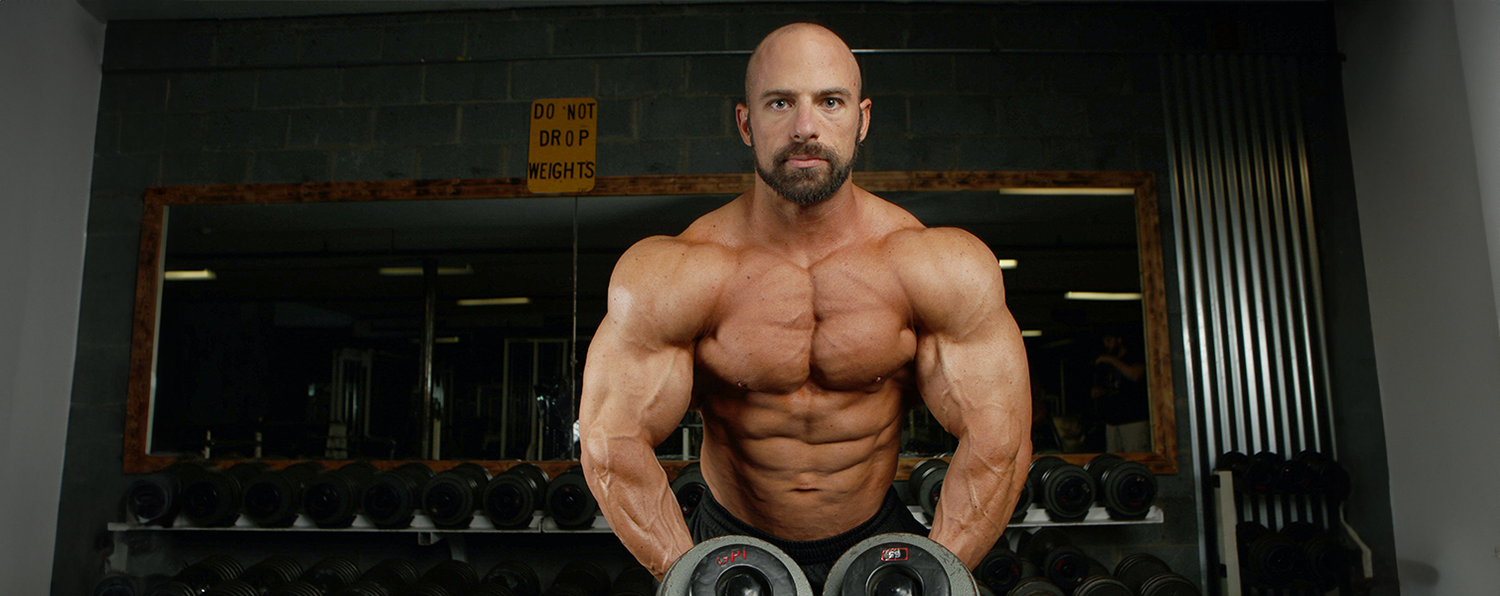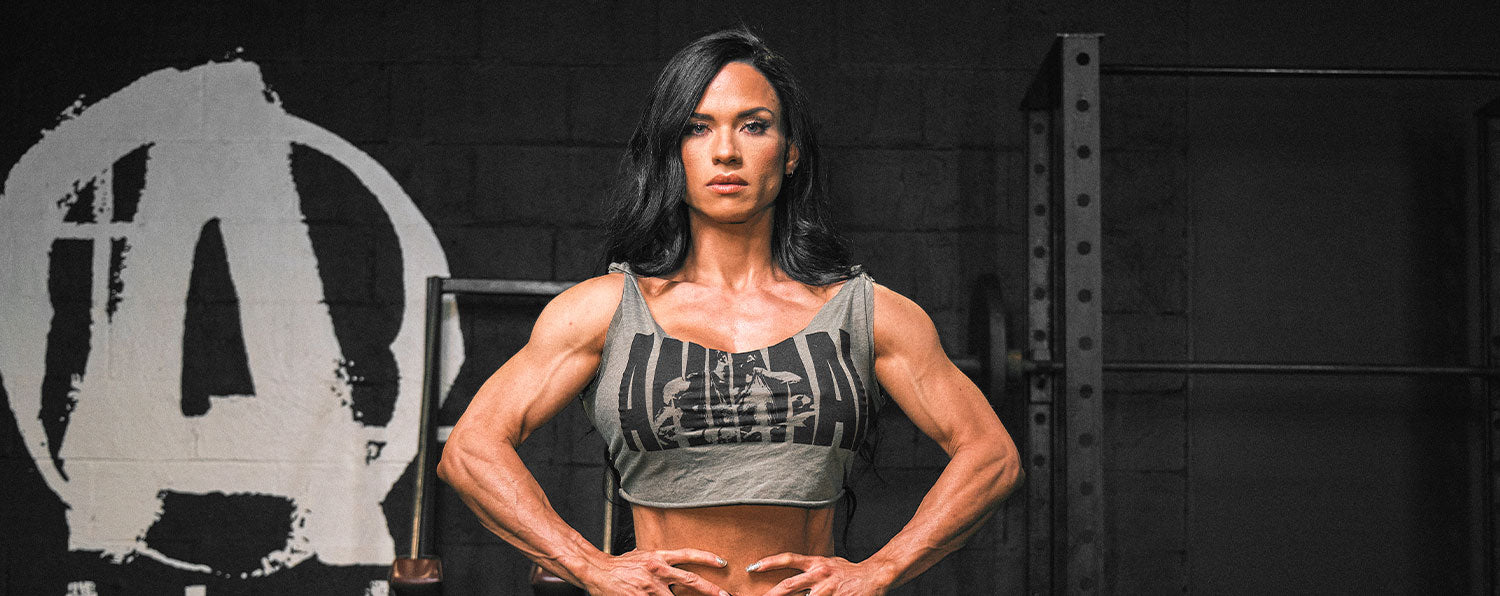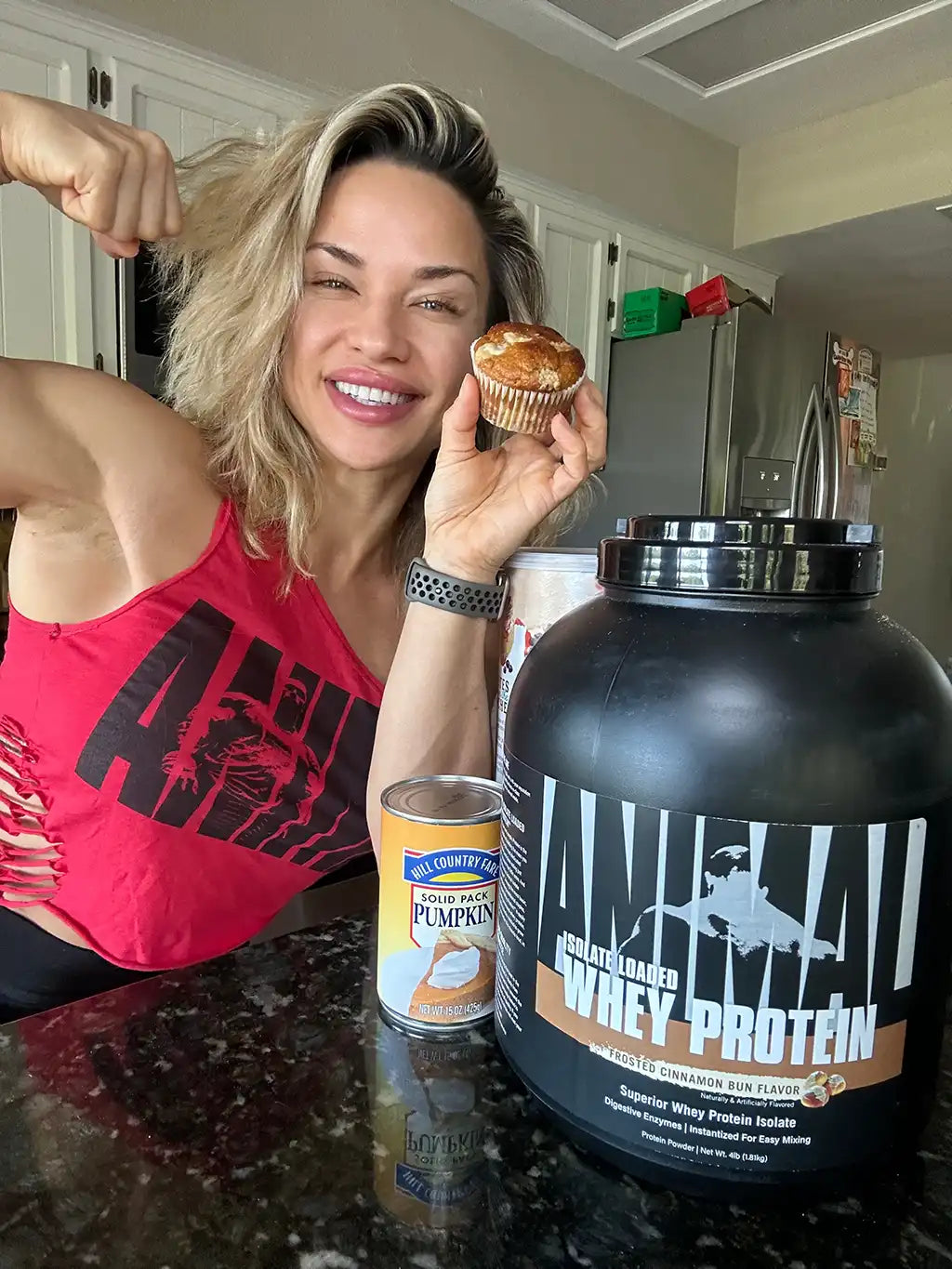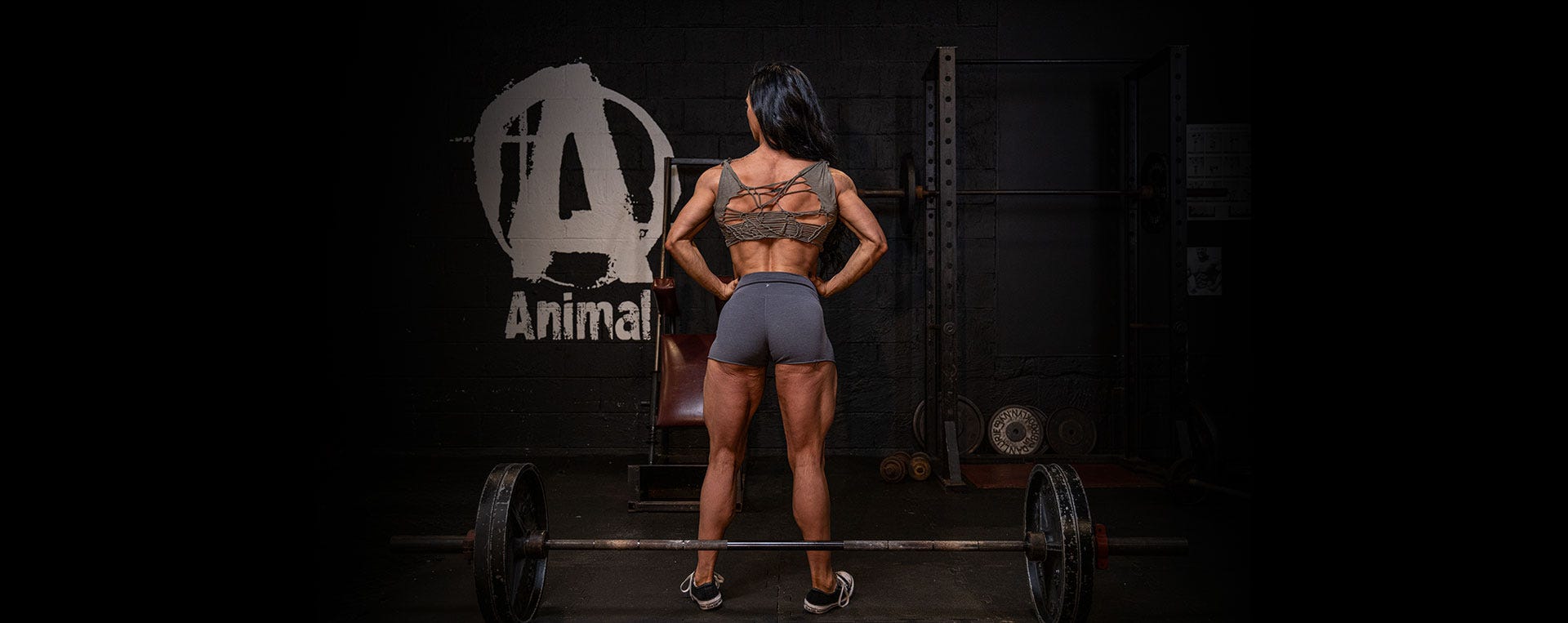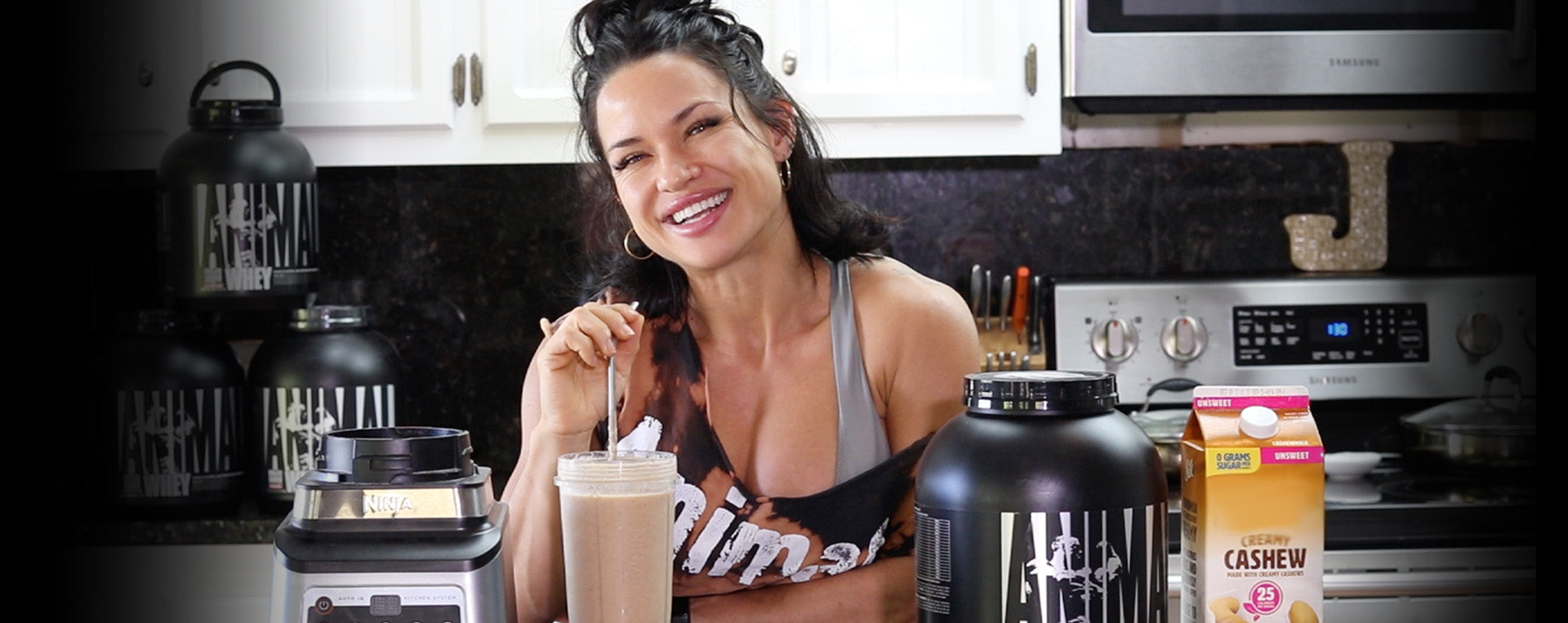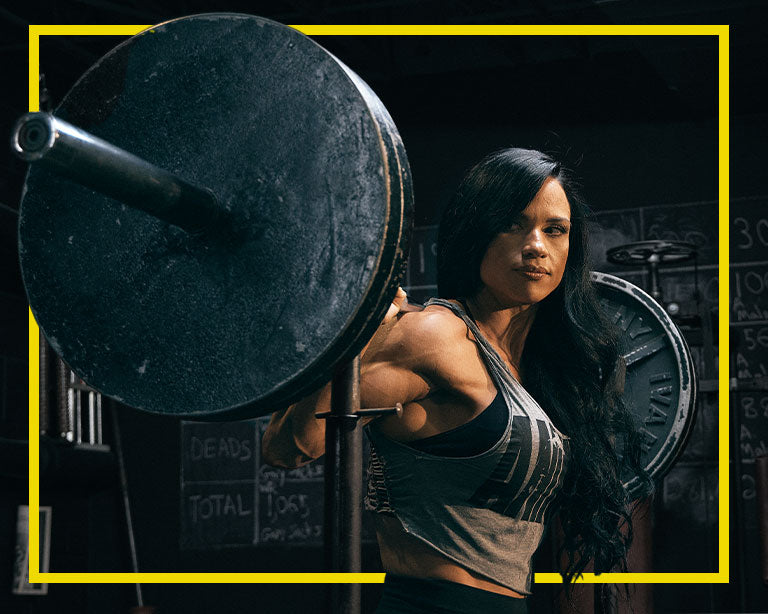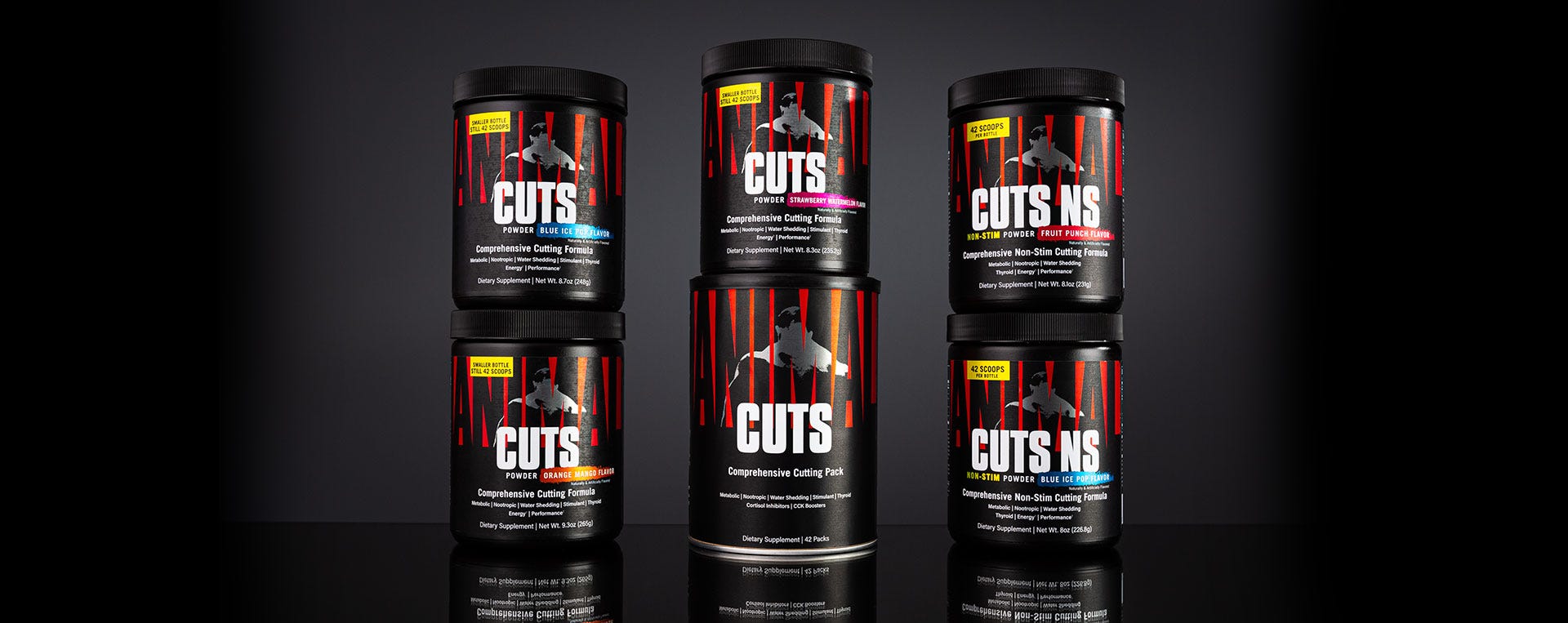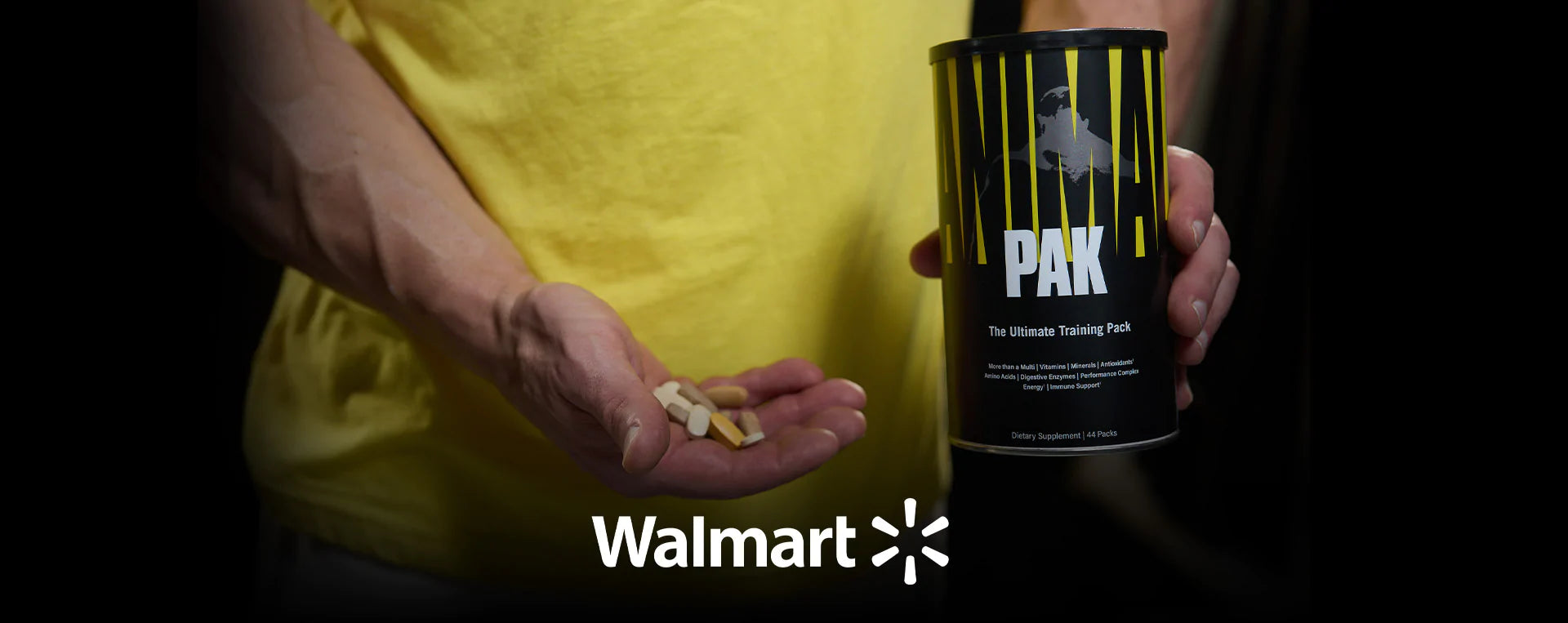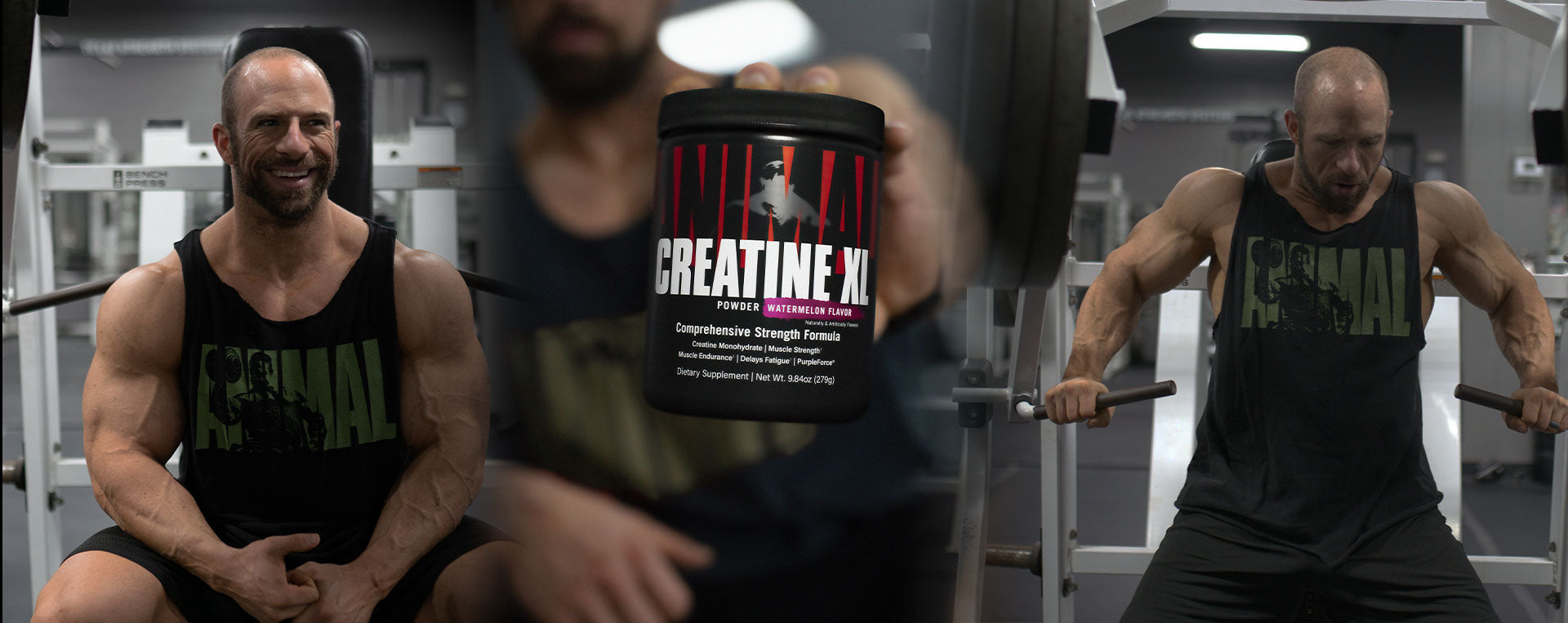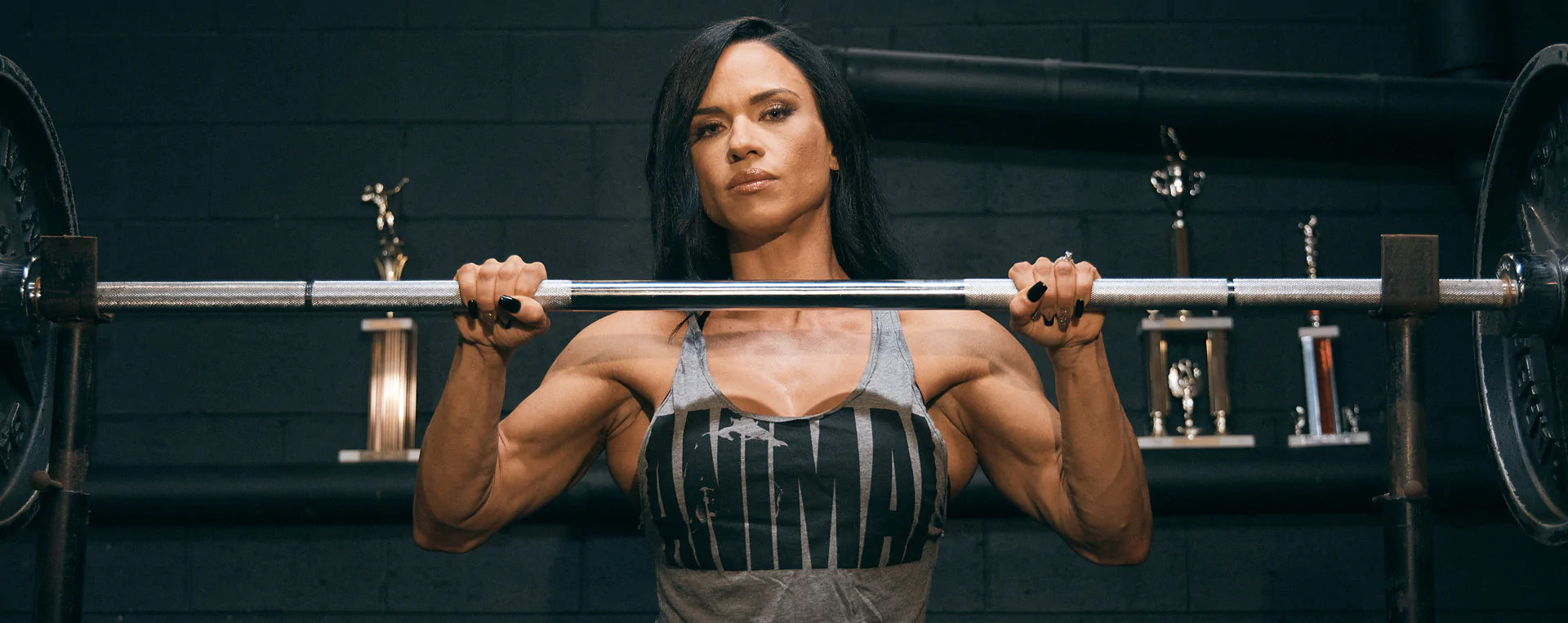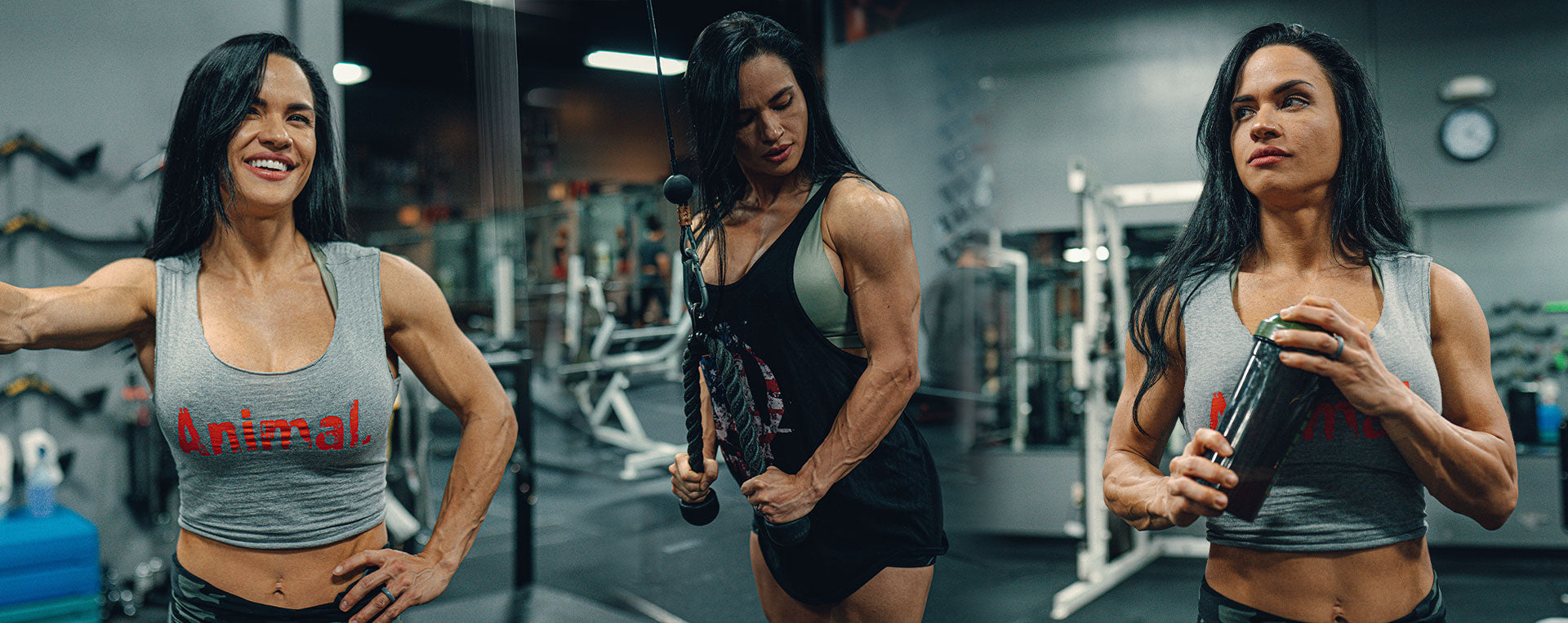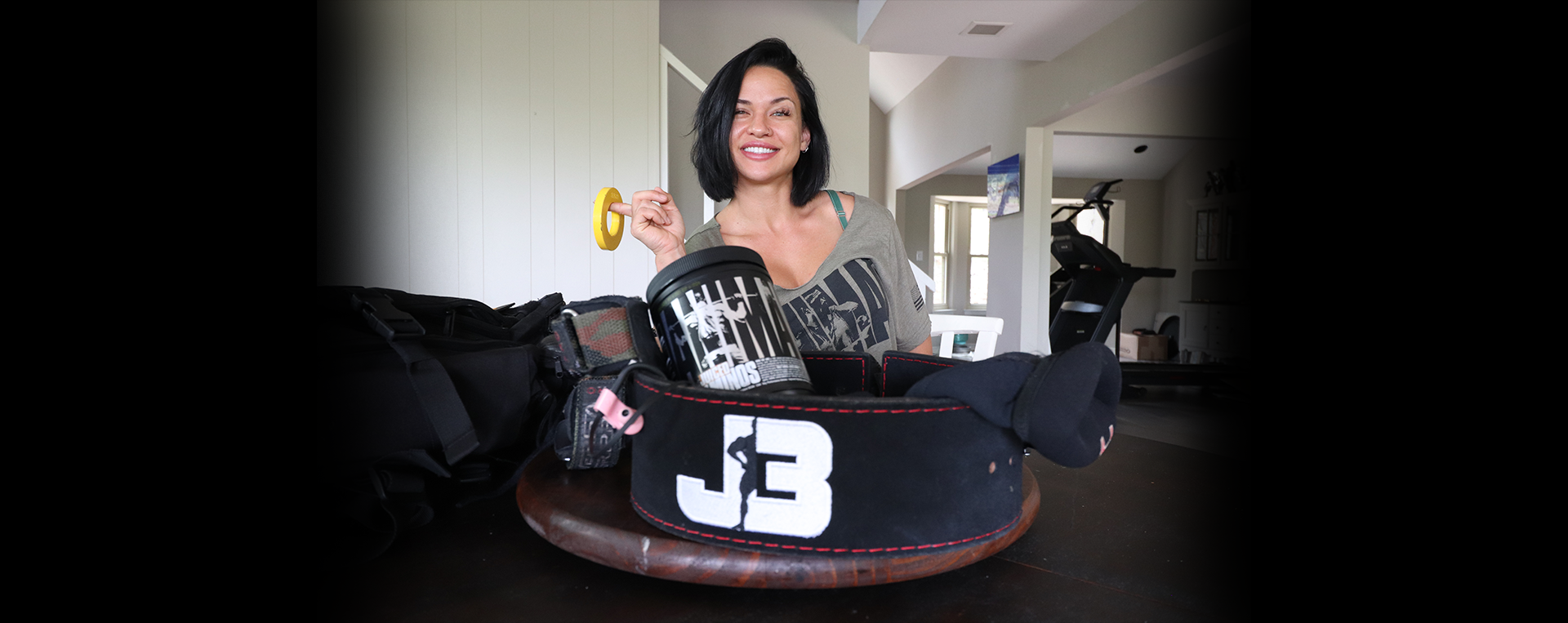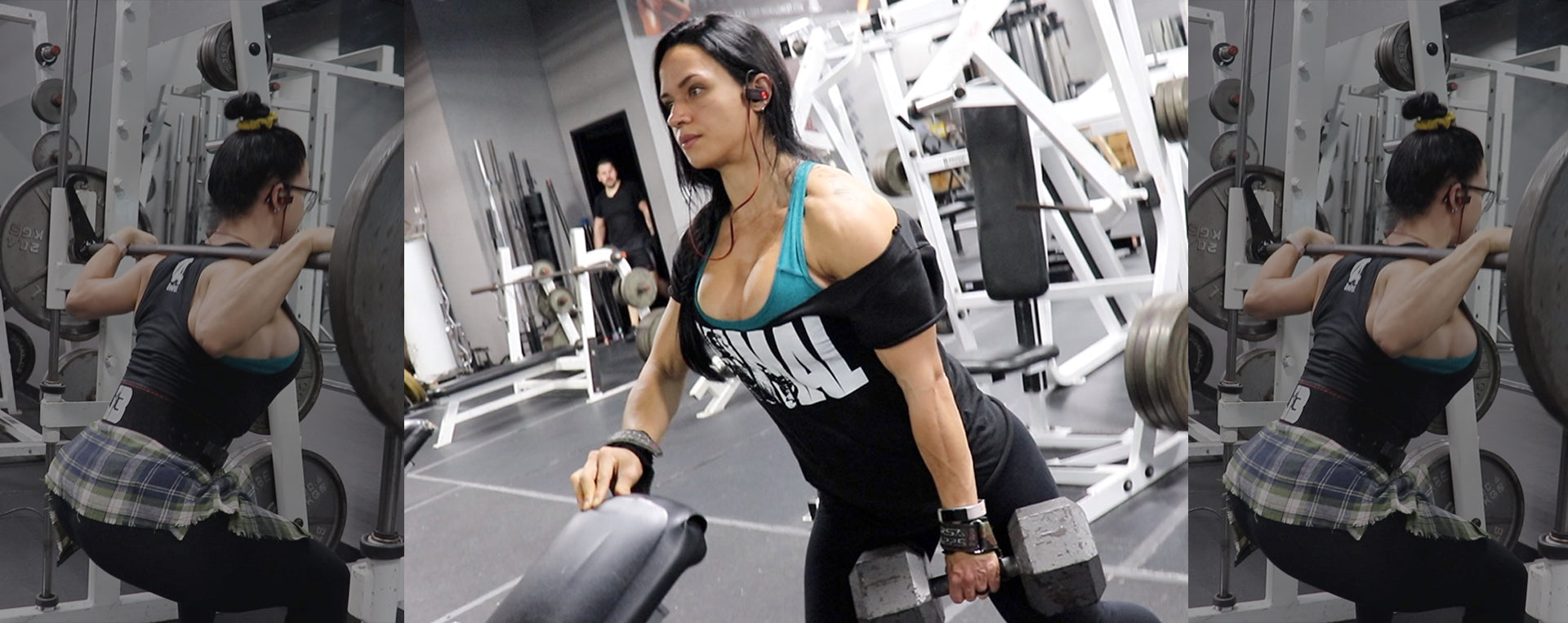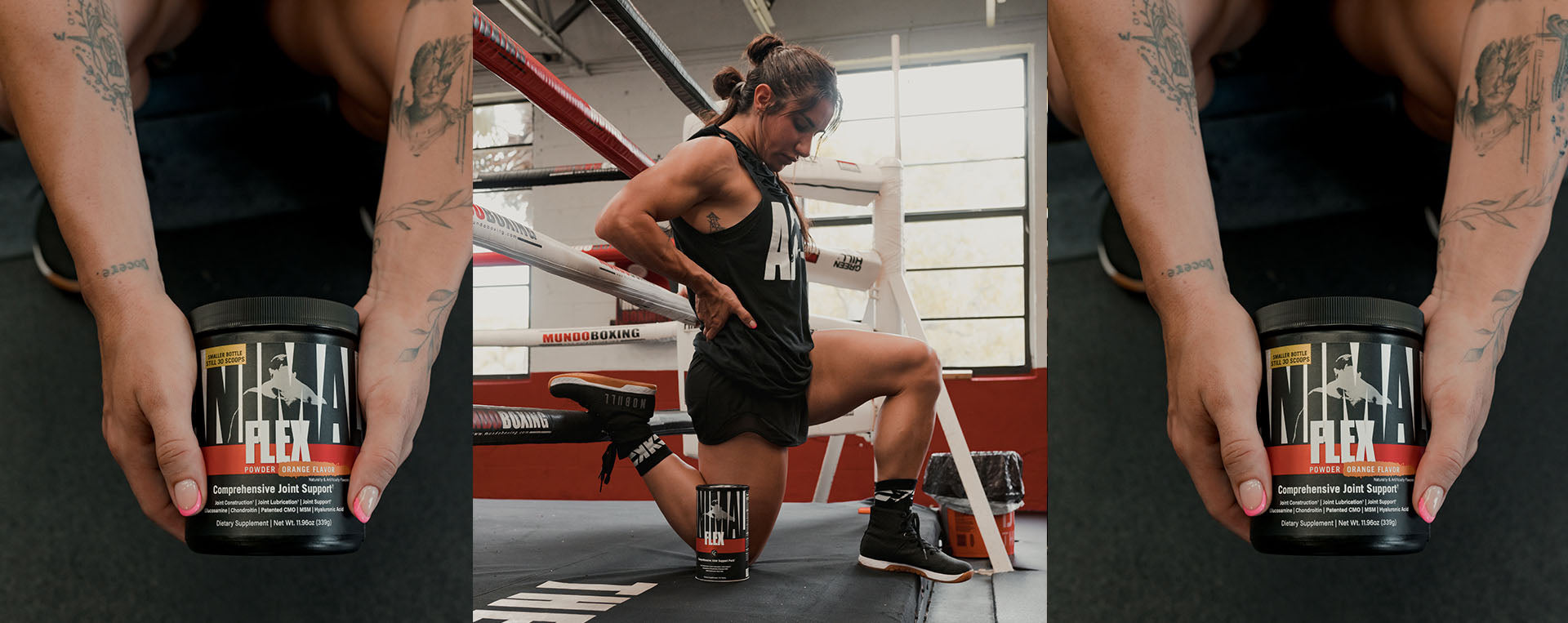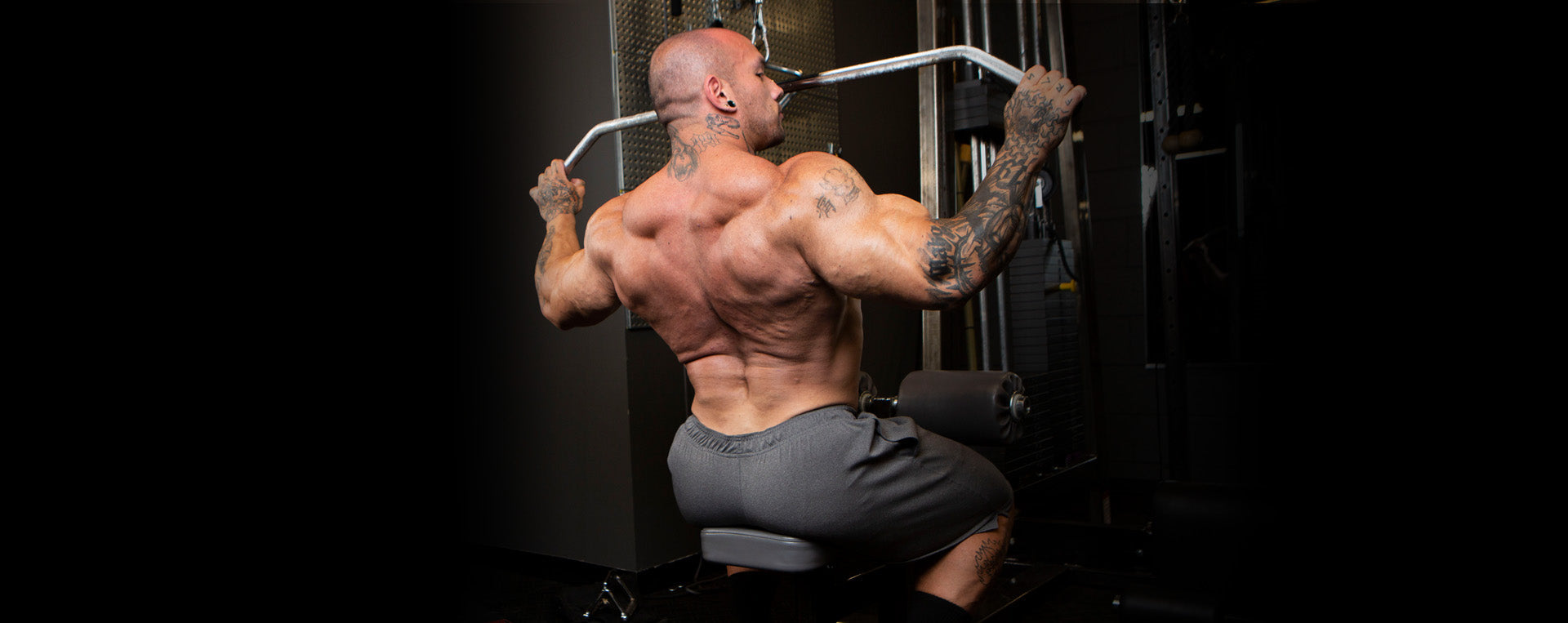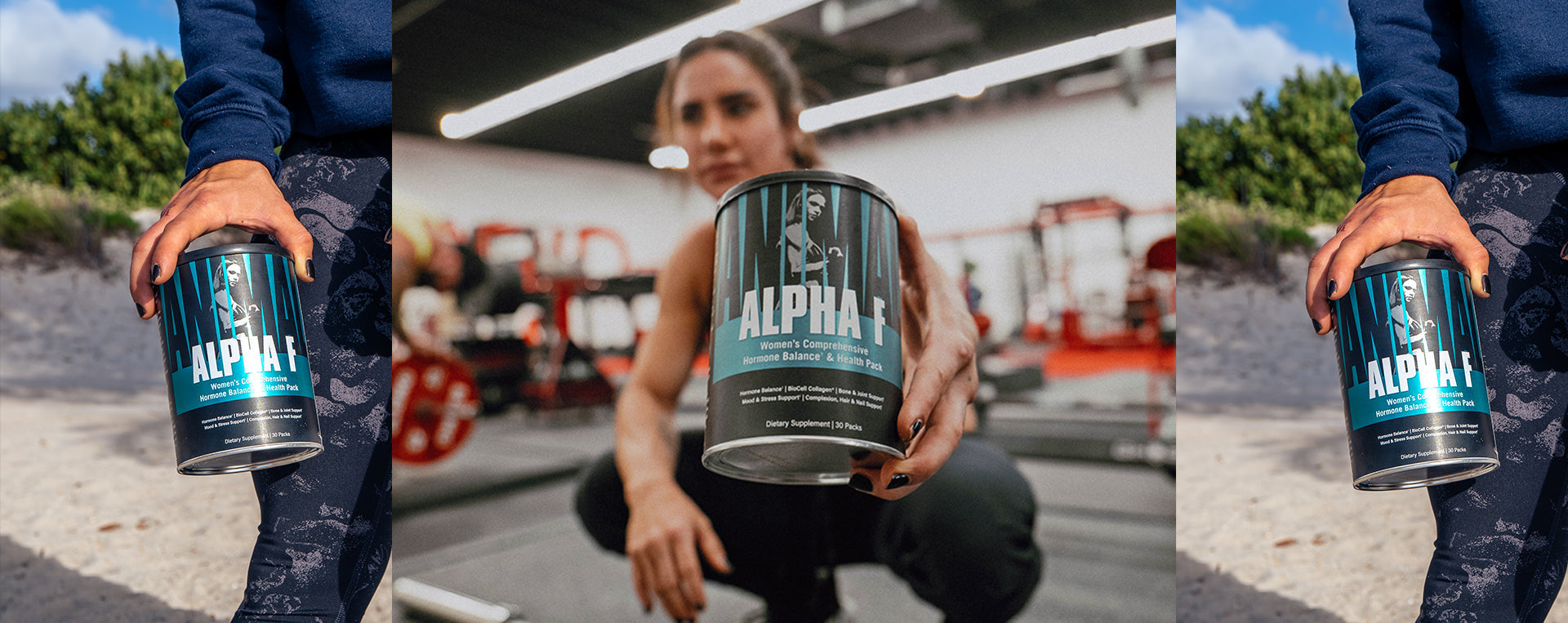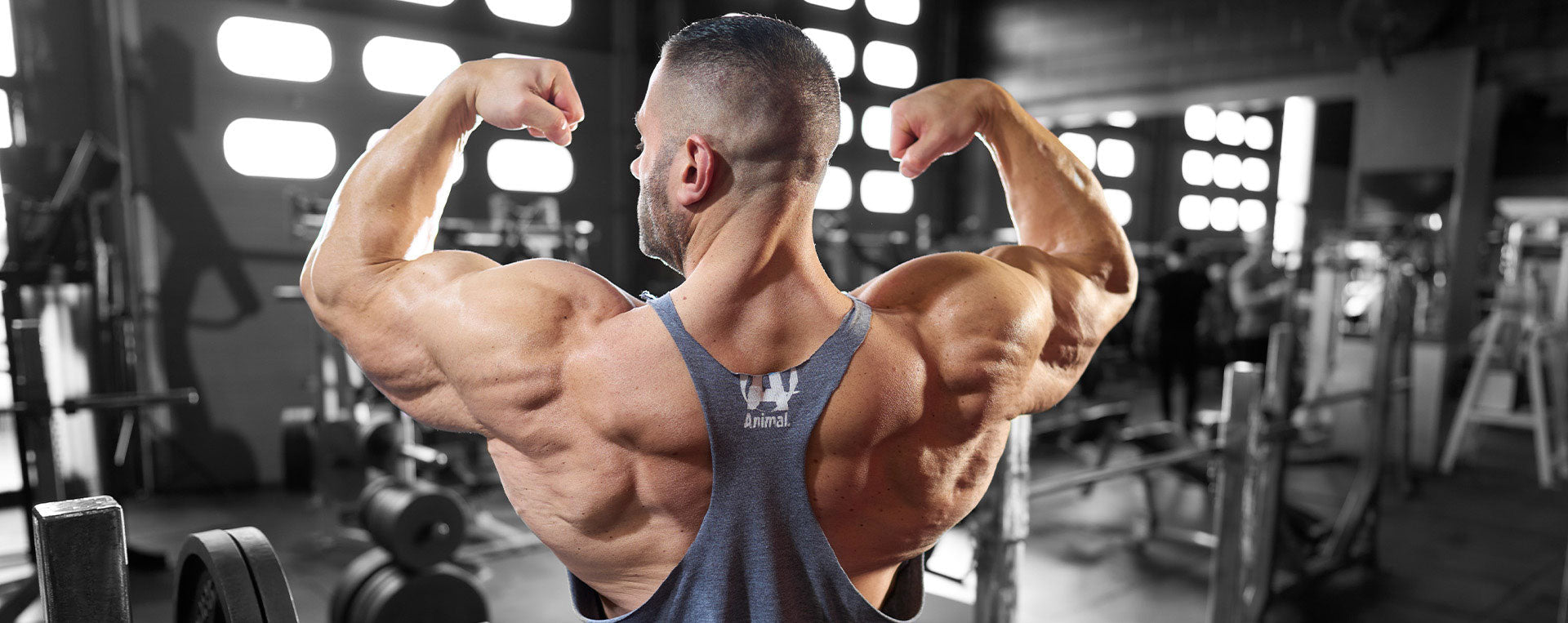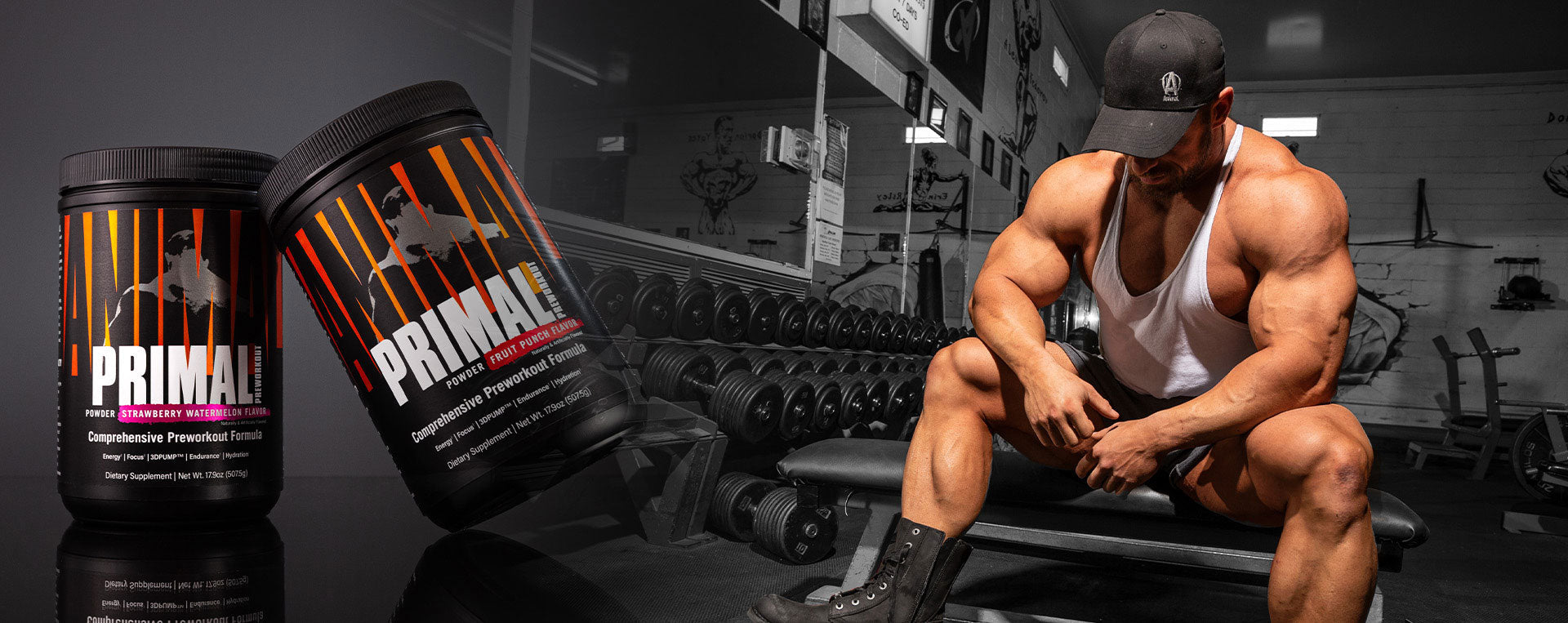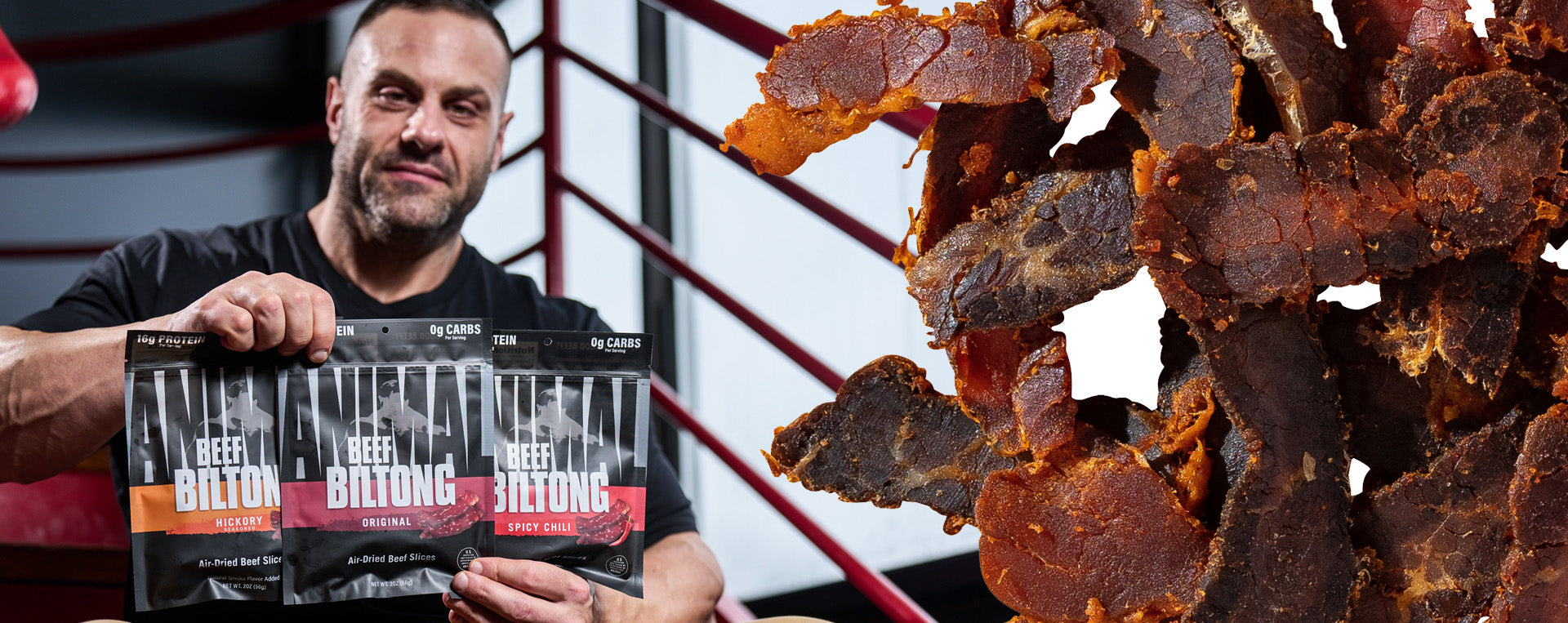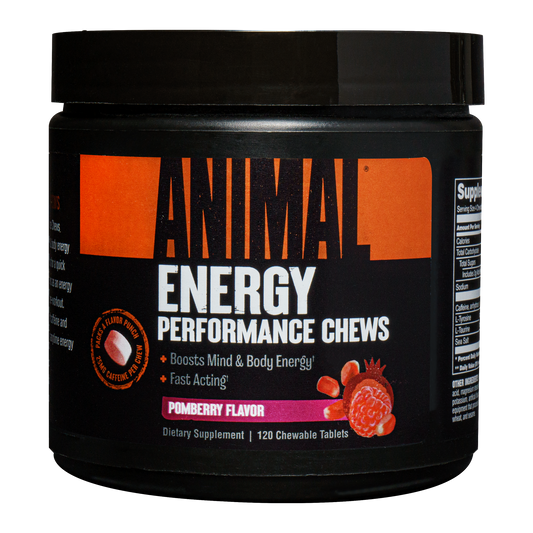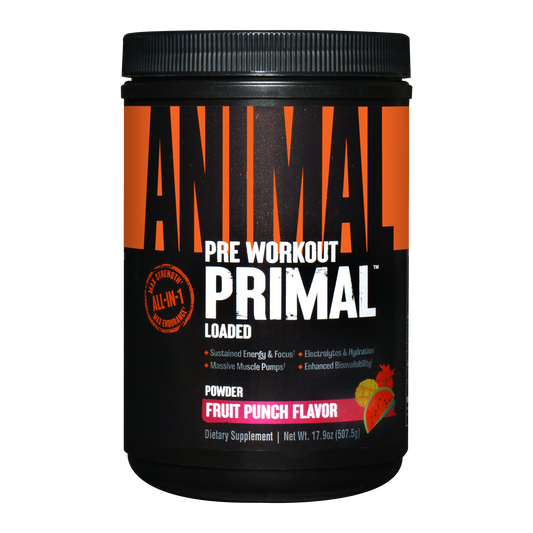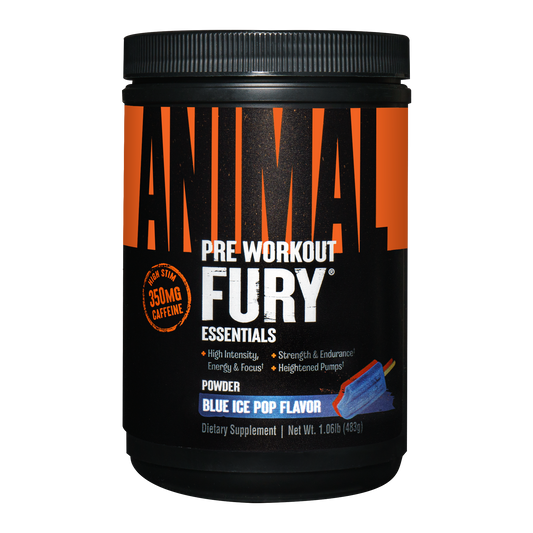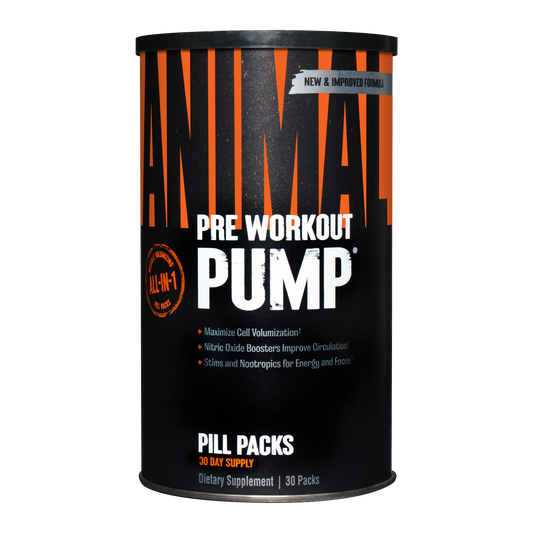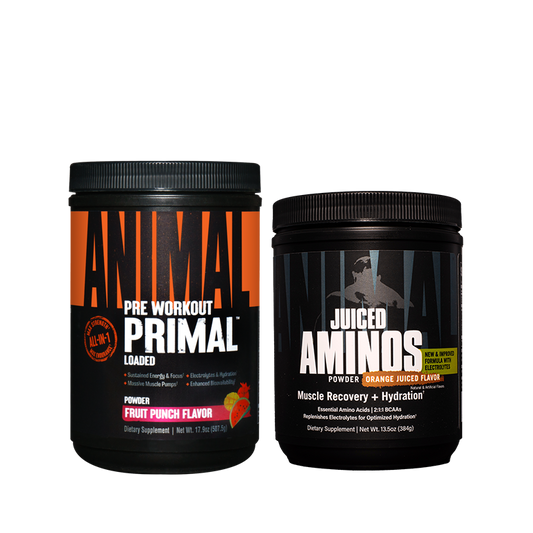As physique athletes, we put a ton of focus on our macros. We track macros to lose body fat, we track macros to gain muscle, and we track macros to maintain muscle. Tracking macros plays a significant role if you want to be a successful competitor. You can probably tell me how many grams of carbs, fat, and protein you’re consuming. But what about your micronutrients? Can you tell me how much calcium, iron, or vitamin D you’re getting? If you’re a serious physique athlete, you should know, or at least have some idea, what your micronutrient intake is. Otherwise, you’re opening yourself up to nutrient deficiencies and will not be in an optimal spot to develop your physique.
What Are Micronutrients?
Micronutrients are vitamins and minerals that are vital to our health and performance as athletes. They play an important role in bone health, energy production, immune function, and hemoglobin synthesis and protect the body against oxidative damage. If you’re a competitive physique athlete, being in the gym 4-5 days out of the week is common. That’s the name of the game. Micros assist with the synthesis and repair of the precious muscle tissue we spend so much time trying to build. Exercise puts stress on many of our metabolic pathways that require micronutrients, and training may result in muscle biochemical adaptations that increase micronutrient needs. Routine training may also increase the turnover and loss of these micronutrients from the body. So that means as athletes we require greater micronutrient intake to cover the increased needs for muscle building, repair, and maintenance(1).
Not only do our needs increase as athletes, but women are more likely to suffer from nutritional deficiencies than men, for reasons including women’s reproductive biology. It’s believed that around 30 percent of all women are deficient in one or more vitamins and minerals. Estimates also show about 75 percent of women would likely develop nutrient deficiencies without supplemental multivitamins. These statistics encompass the general population of women. If there were such a study on female physique athletes, it would be interesting to see how these percentages differ. I would almost bet the percentages would increase due to our very rigid diets and exercise regimen.
Four Common Nutrient Deficiencies
#1) Iron
Female athletes are considered at greater risk for iron deficiency due to insufficient dietary iron intake, menstruation, increased iron losses, hemolysis, sweating, and exercise-induced inflammation. Insufficient iron can lead to anemia. Low iron/anemia can cause fatigue, hair loss, muscle weakness, brain fog, headaches, and dizziness. It’s reported that iron deficiency seen in female athletes is twice the level reported in our sedentary counterparts.
While increased iron is not an official recommendation for female athletes, it’s been shown we have increased iron loss during exercise. The Reference Nutrient Intake (RNI) for adult females in the UK is 14.8 mg of iron per day, and the Recommended Dietary Allowances (RDA) in the US is set at 18 mg of iron per day. Some suggest that iron requirements for female athletes be increased by approximately 70 percent, which would mean a daily intake of 10 mg of iron would be added to the UK recommended value of 14.8 mg(2). It should be noted that if postmenopausal or no longer menstruating, iron requirements considerably decrease, to about 8 mg per day.
Sources of Iron
- ANIMAL Beef Biltong: Convenient for a grab-and-go snack, provides 1 mg of iron per every 1 oz.
- Red meat, chicken, and fish
- Oatmeal/fortified cereals
- Legumes and nuts
- Leafy green vegetables
- Iron-rich foods can be consumed with fruit/vegetables to enhance iron absorption, due to the presence of higher levels of vitamin C. Iron absorption inhibitors include tannins in tea or coffee and calcium in milk, so you should decrease or avoid these during meals if your goal is to increase iron absorption.
#2) Vitamin D
Vitamin D deficiency is one of the most common deficiencies worldwide in both adult women and men. It is estimated that 1 billion people in the world currently have a vitamin D deficiency. As athletes, we have the same predisposition to low levels of this important vitamin. Vitamin D is essential to our bone health, immune, heart, and lung functions, and inflammatory modulation, which impacts athletic performance.
The Recommended Dietary Allowances (RDA) to meet vitamin D requirements is 600 international units (IU) per day for adults. It’s believed these recommendations were established for bone health maintenance, but may not be sufficient to maintain non-skeletal benefits, as well as the optimal health and performance of athletes. The Endocrinology Society estimates that 600–800 IU were insufficient to ensure adequate levels and raised the recommended intake to 1500–2200 IU per day for those who do not have adequate sun exposure to maintain normal vitamin D levels(3). I personally take 5000 IU per day, and this has been sufficient in keeping me at an adequate level. I have my serum levels checked periodically and adjust this amount as needed.
Sources of Vitamin D
- Cod liver oil
- Trout, salmon
- Beef liver
- Egg yolks
- Mushrooms exposed to UV light
- ANIMAL ALPHA F: Provides 1000 IU of vitamin D, in some cases supplementation will be needed to stay within an adequate range. Check serum levels periodically to assess your levels and needs.
- Taking vitamin D with magnesium can increase absorption. Direct sunlight also activates vitamin D synthesis in the skin, but people with darker complexions and those with low sun-exposure levels typically do not produce enough.
#3) Calcium
Vitamin D increases the calcium absorption required for normal bone metabolism. One of my earliest childhood memories is my mom going for a 30+-mile run (usually to take a “break” from me and my three siblings). When she was finished with her run, she would be beet red and dripping in sweat, and take out a gallon of milk and chug it. I remember her telling me it was to keep her bones strong. Rightfully so, because reports suggest that 90 percent of female athletes fall short of adequate calcium intake. This is a deficiency that not only puts us at risk for bone stress fractures but also poses a risk for osteoporosis later in life. Calcium also plays a vital role in muscle contraction and relaxation. Without calcium, your muscles would not function properly.
As physique athletes, we don’t have a ton of variety in our meal plans, especially during contest prep, which can lead to insufficient diets. Female athletes who have amenorrhea or have a low body mass index should supplement their diets with the recommended 1500 mg of calcium a day.
Sources of Calcium
- Nut milk (cashew, almond, etc.)
- Spinach
- Almonds
- Yogurt
- ANIMAL Whey Isolate: Provides 140 mg of calcium per serving
-
ANIMAL ALPHA F: Provides 30 mg of calcium, just like vitamin D, at times supplementation may be needed to keep within an adequate range.
To absorb calcium, your body also needs vitamin D. Excessive salt can increase calcium urinary losses.
#4) Magnesium
Magnesium is a very common micronutrient that people lack; it’s estimated that two-thirds of Americans fail to consume the recommended daily intake. Athletes are particularly vulnerable to this deficiency due to the increased production of sweat and urination. Athletes can experience magnesium losses of up to 20 percent for this reason. Furthermore, athletes who eat in a deficit for weight-loss purposes and practice restrictive eating are more susceptible to this deficiency. During contest prep, we should be extra vigilant to make sure we’re consuming adequate magnesium.
The symptoms of magnesium deficiency are usually subtle unless your levels are severely low. Symptoms can present as difficulty sleeping, fatigue, muscle cramps, twitches, and weakness. Have you ever been deep in contest prep and noticed more muscle cramps and random twitches? This could be due to low magnesium levels. Low magnesium also impacts our ability to recover; it is associated with excessive production of CRP (a protein produced by the liver and sent into the bloodstream in response to physical damage). CRP production is a normal immune response to damage, but excessive or chronic production may negatively affect cellular health. Meta-analysis reports that magnesium supplementation lowers CRP levels. Studies also suggest that magnesium can help safeguard against muscle damage caused by extensive training and competition(4). Research also suggests that athletes can safely consume 500–800 mg daily.
Sources of Magnesium
- Cocoa
- Coffee
- Cashews/hazelnuts
- Oatmeal
- Magnesium supplement: Supplementing with magnesium in the latter stages of contest prep may be needed since this is when we’re most susceptible to low levels due to our very restrictive diet plans.
- Magnesium deficiencies keep you from absorbing that all-so-important vitamin D that we covered above. Reducing or avoiding calcium-rich foods two hours before or after eating magnesium-rich foods improves absorption.
In summary, we should not overlook the importance of micronutrients, as female physique athletes. Be just as meticulous with your micros as you are with your macros for optimal physique development. I only covered four micronutrient deficiencies in this article, but certain other deficiencies are still possible including vitamin B12, omega-3s, iodine, and folate. It’s a good idea to keep track of your micro intake and check serum levels periodically to make sure levels are adequate.
References:
Judy Driskell, “Summary: Vitamins and Trace Elements in Sports Nutrition” in Sports Nutrition: Vitamins and Trace Elements, eds., Ira Wolinsky and Judy A. Driskell (New York: CRC/Taylor & Francis, 2006).
Ieva Alaunyte, Valentina Stojceska, and Andrew Plunkett, “Iron and the Female Athlete: A Review of Dietary Treatment Methods for Improving Iron Status and Exercise Performance.” Journal of the International Society of Sports Nutrition 12, no. 1 (2015): 38. https://doi.org/10.1186/s12970-015-0099-2.
Mirian de la Puente Yagüe et al., “Role of Vitamin D in Athletes and Their Performance: Current Concepts and New Trends.” Nutrients 12, no. 2 (February 23, 2020): 579, https://doi.org/10.3390/nu12020579.
Mohsen Mazidi et al., “Effect of Magnesium Supplements on Serum C-reactive Protein: A Systematic Review and Meta-Analysis,” Archives of Medical Science 14, no. 4 (2018): 707–716, https://doi.org/10.5114/aoms.2018.75719.



